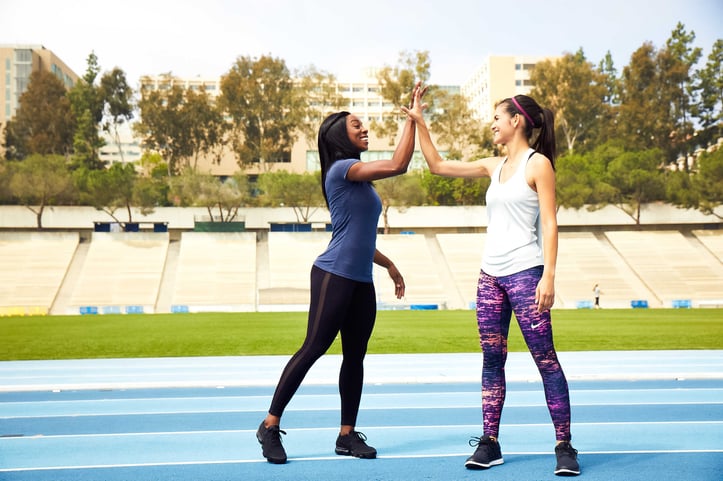Unlocking Your Body's Potential: A Guide to Kinetic Chain Assessments for Better Movement, Performance, and Injury Prevention
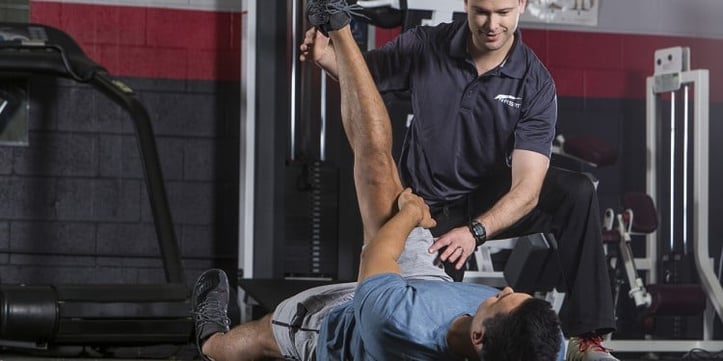
Unlocking Your Body's Potential: A Guide to Kinetic Chain Assessments for Better Movement, Performance, and Injury Prevention
Have you ever wondered how your body moves so seamlessly when you walk, run, or reach for something? It's all thanks to an incredible interconnected system known as the kinetic chain. Think of it as your body's internal "team" – a network of joints, muscles, and bones all working together in a coordinated sequence to create movement.
When this team works in harmony, you move efficiently, powerfully, and with less risk of injury. But if one part of the chain isn't functioning optimally, it can affect the entire system. This is where a kinetic chain assessment becomes an invaluable tool for anyone looking to improve their fitness, enhance athletic performance, or simply move through life with greater ease and less pain.
Let's explore why understanding and assessing your kinetic chain is a game-changer.
Why Kinetic Chain Assessments Are So Important: The Benefits Unpacked
Understanding how your body's "links" connect and function isn't just for elite athletes; it's for everyone who wants to move well and feel their best.
-
A Proactive Approach to Injury Prevention: Many injuries don't just "happen"; they often develop gradually due to underlying muscle imbalances, joint restrictions, or faulty movement patterns (compensations). A kinetic chain assessment helps identify these subtle dysfunctions before they lead to pain or injury.
- For instance, a study published in the Journal of Orthopaedic & Sports Physical Therapy highlighted that individuals experiencing knee pain often had altered mechanics in their hips and ankles – issues that a kinetic chain assessment could detect. By addressing these root causes, we can significantly reduce the likelihood of injuries.
- The American Council on Exercise (ACE) emphasizes that a thorough kinetic chain assessment should evaluate the entire body, from your feet up to your head, to pinpoint any areas that might be contributing to discomfort or increasing your injury risk. It’s about seeing the bigger picture of your movement.
-
Unlocking Your Performance Potential: When every part of your kinetic chain is working efficiently and in sync, your athletic performance can soar. Athletes can generate more power, move with greater speed and agility, and improve their endurance.
- Consider a study in the Journal of Strength and Conditioning Research, which showed that athletes who underwent a kinetic chain assessment followed by targeted corrective exercises saw significant improvements in their vertical jump performance.
- The National Academy of Sports Medicine (NASM) underscores that these assessments empower coaches and trainers to design truly personalized training programs. By targeting specific areas of weakness or inefficiency, you can enhance your performance not just in sports, but in all your daily activities.
The Kinetic Chain Assessment Process: What to Expect
A kinetic chain assessment is a systematic process designed to give a comprehensive view of your movement. Here’s a typical approach:
-
Initial Evaluation & Understanding Your Story:
- The first step is a conversation. A qualified professional will gather a detailed history, including any past injuries, surgeries, or current areas of pain or discomfort. This personal history provides valuable clues about potential areas of dysfunction in your kinetic chain.
- Next, a visual assessment is often conducted. This involves observing your posture as you stand, your gait as you walk, and your general movement patterns. This can help identify any obvious muscle imbalances, joint misalignments, or compensatory movements.
-
Functional Movement Testing: Seeing Your Body in Action:
- This is where you’ll be asked to perform a series of specific movements and exercises designed to assess your strength, flexibility, balance, and coordination.
- These tests often mimic real-life activities and common exercises, such as squats, lunges, single-leg stands, overhead reaches, and rotational movements.
- According to Harvard Health Publishing, functional testing is crucial for identifying specific areas of weakness or limitation within the kinetic chain that might be impacting your performance or increasing your risk of injury. It’s about seeing how your body actually moves.
-
Analysis and Interpretation: Connecting the Dots for a Personalized Plan:
- Once the initial evaluation and functional testing are complete, the collected information and observations are carefully analyzed. The professional will look for patterns of muscle imbalances, joint restrictions, or movement compensations that might be affecting your kinetic chain's efficiency.
- The results are then interpreted in the context of your individual goals, current fitness level, and any pre-existing conditions. This crucial step ensures that the insights gained are relevant and actionable for you. This information then forms the foundation for developing a personalized training or corrective exercise program.
Optimizing Your Kinetic Chain: Strategies for Lasting Improvement
Identifying areas for improvement is just the first step. The real magic happens when you implement strategies to optimize your kinetic chain:
-
Targeted Corrective Exercises: Rebalancing Your Body:
- Corrective exercises are a cornerstone of optimizing your kinetic chain. These exercises are specifically designed to address identified dysfunctions, such as muscle imbalances (some muscles being too tight, others too weak) or joint restrictions, helping to restore more normal, efficient movement patterns.
- For example: If an assessment reveals that an individual has underactive or weak gluteal (buttock) muscles – a very common issue – corrective exercises like specific types of squats, lunges, hip bridges, and clamshells can be prescribed to strengthen these crucial muscles and improve the overall function of the lower body kinetic chain.
- The National Institutes of Health (NIH) emphasizes that corrective exercises should always be tailored to an individual's specific needs and goals and should be performed consistently as part of a comprehensive training program for best results.
-
Enhancing Mobility and Flexibility: Moving with Freedom:
- Good mobility (the ability of a joint to move through its full range of motion) and flexibility (the ability of a muscle to lengthen) are vital for an optimal kinetic chain. These qualities help reduce muscle tightness, improve joint health, and enhance overall movement quality.
- Effective methods include dynamic stretching (before workouts), static stretching (held stretches, often best post-workout or on rest days), foam rolling (self-myofascial release), and practices like yoga or Pilates.
- For example: A study in the Journal of Physical Therapy Science found that regular foam rolling can significantly improve hip mobility in individuals who have limited range of motion in that area.
- It's important to remember that mobility and flexibility training should work in harmony with strength training to ensure a balanced, strong, and functional kinetic chain.
-
Building Balance and Stability: Your Foundation for Control:
- Balance and stability training are essential for optimizing the kinetic chain, especially for athletes and anyone engaging in activities that require good balance, coordination, and the ability to control movement.
- Exercises such as single-leg stands (with various challenges like eyes closed or unstable surfaces), exercises on stability balls or balance boards, and specific core stabilization movements can significantly improve your balance and stability, thereby reducing the risk of falls and injuries.
- According to ACE, balance and stability training should be progressive. This means starting with simpler exercises and gradually increasing the difficulty and complexity as your balance and stability improve, ensuring continuous challenge and adaptation.
Conclusion: Invest in Your Movement, Invest in Your Wellbeing
Kinetic chain assessments are far more than just a fitness trend; they are a valuable, insightful tool for evaluating how your body moves, identifying areas that could be holding you back, and developing targeted, intelligent training programs to enhance your performance and reduce your risk of injury.
By understanding and optimizing the function of your kinetic chain, you can achieve better results in your fitness pursuits, excel in your chosen sports, and most importantly, enjoy a healthier, more active, and pain-free lifestyle. It’s about working smarter, not just harder, to unlock your body's true potential.
If you're curious about how a kinetic chain assessment could benefit you, or if you'd like to schedule an assessment, we encourage you to reach out to a qualified fitness professional, physical therapist, or sports medicine provider. They can help you determine if this approach is right for you and guide you in developing a personalized program tailored to your unique needs and goals.
So, what are you waiting for? Take the first empowering step towards optimizing your kinetic chain today. Your body will thank you for it, and you'll be well on your way to achieving your fitness, performance, and overall wellness aspirations!
Imagine seeing images here that illustrate the concepts:
- [Placeholder for Image 1: A fitness professional observing someone perform a squat, illustrating a visual assessment component.]
- [Placeholder for Image 2: A split image showing someone doing a glute bridge (corrective exercise) and another person foam rolling their IT band (mobility work).]
- [Placeholder for Image 3: Someone performing a single-leg stand on a balance disc, highlighting balance and stability training.]

Fit vs Fat: Decoding Health's True Ruler
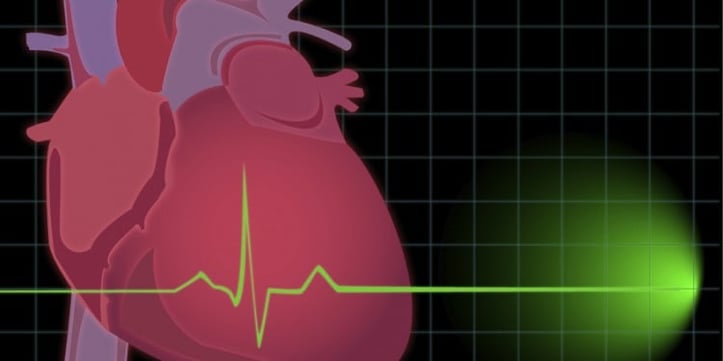
Pump Up Your Heart: Science-Driven Weight Loss
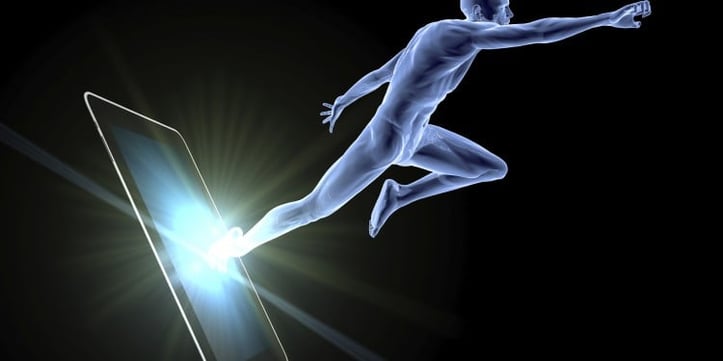
Wellness Technology: Your Path to Sustainable Weight Loss

A Sensible Guide to Dietary New Year's Resolutions
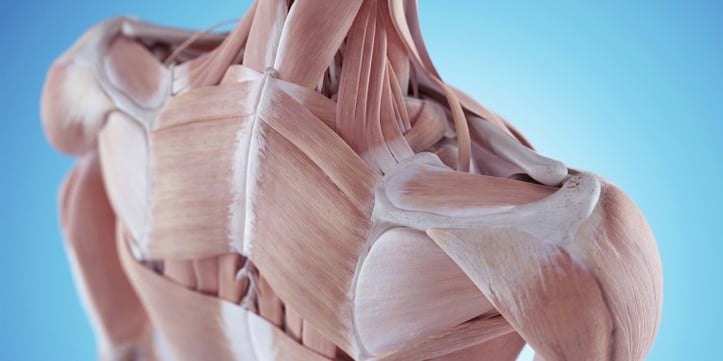
Prevent Shoulder and Rotator Cuff Injuries with Corrective Exercises
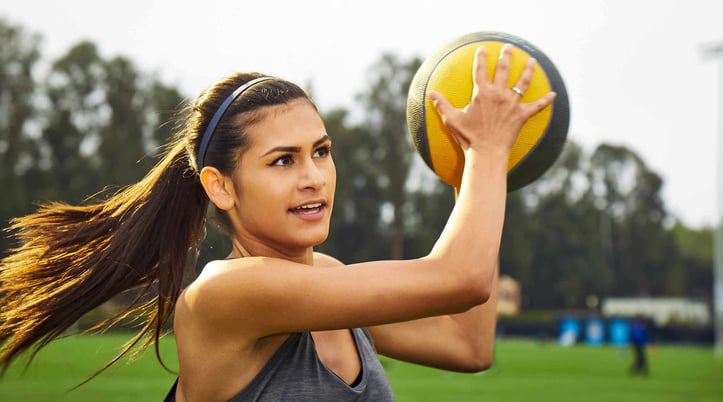
Overcome Fitness Plateaus: 4 Tips for Success

10 x 10 Thanksgiving Day Circuit: A Fitness Guide
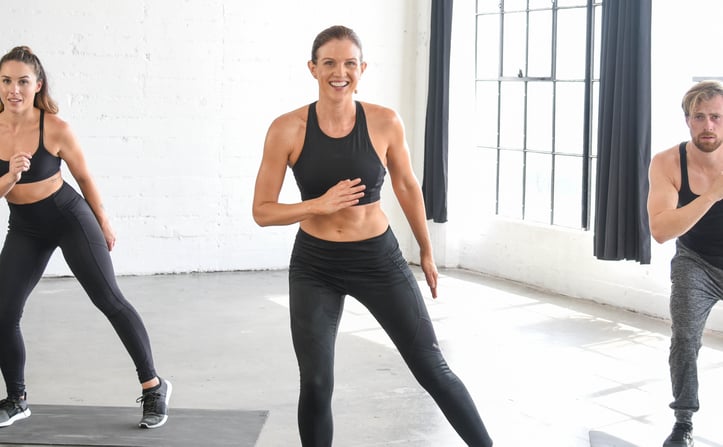
Unleash Your Fitness Potential with Kit Rich's Training Secrets
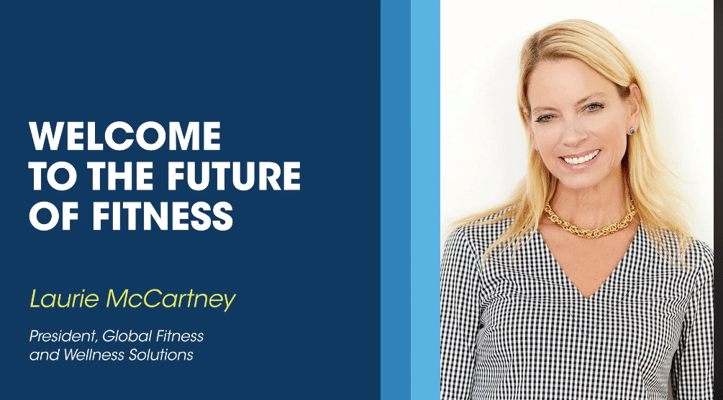
The Future of Fitness: A Guide for Beginners to Intermediates
